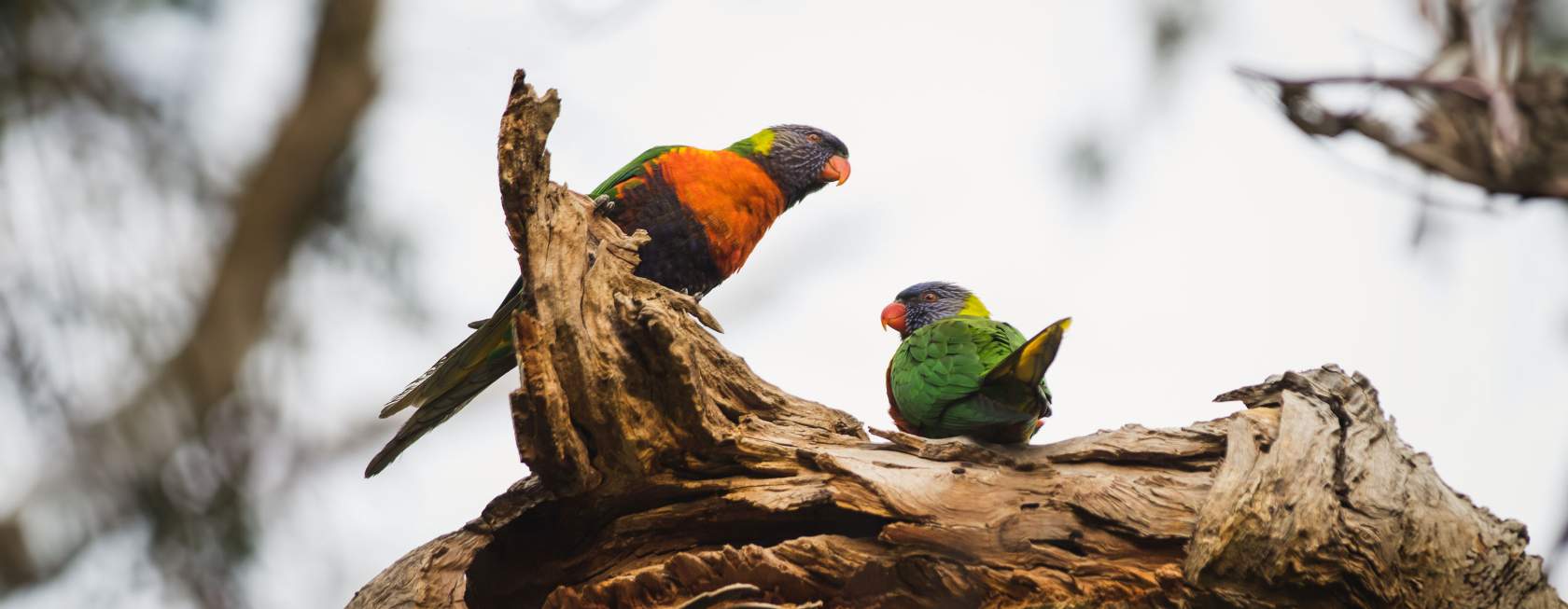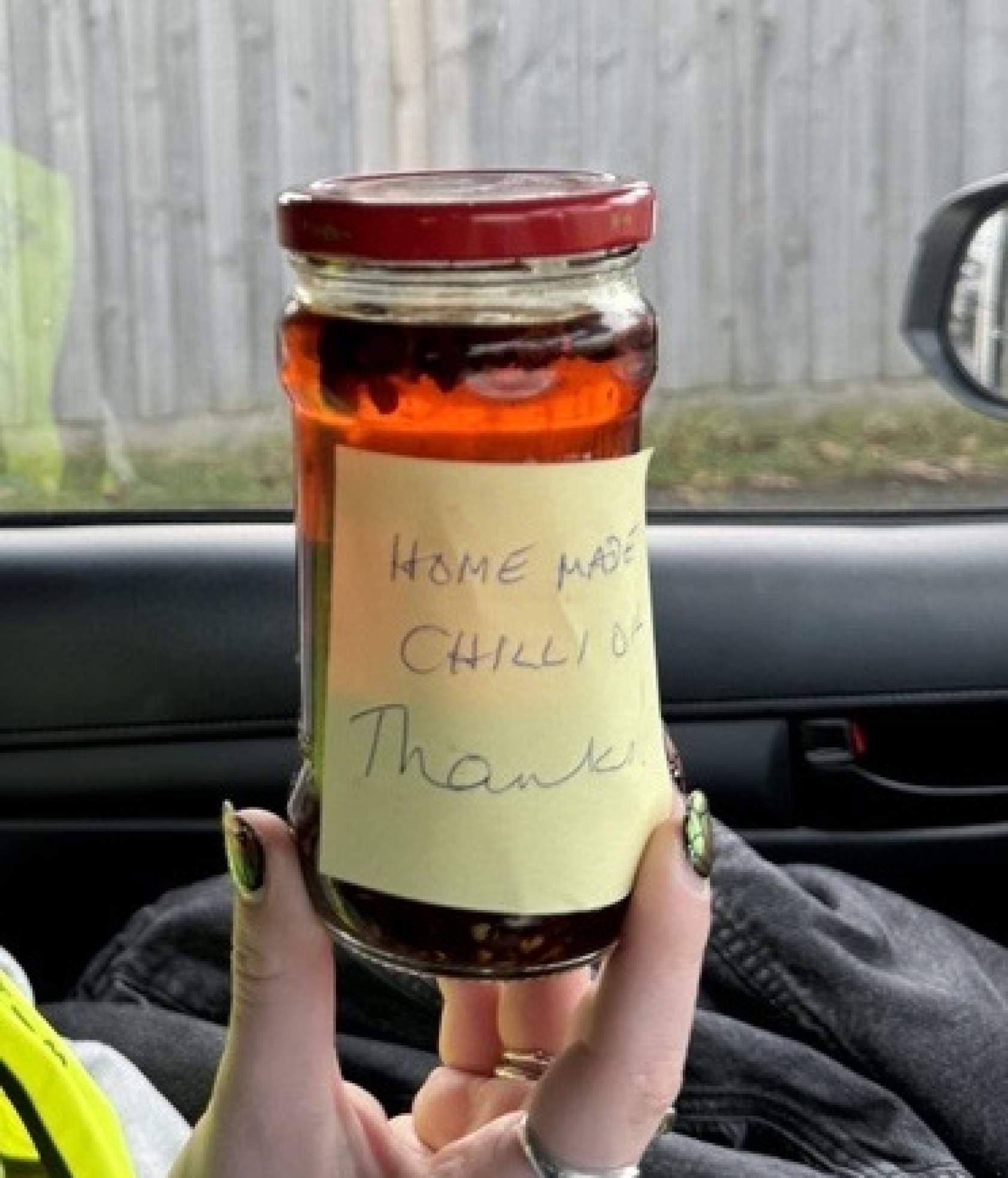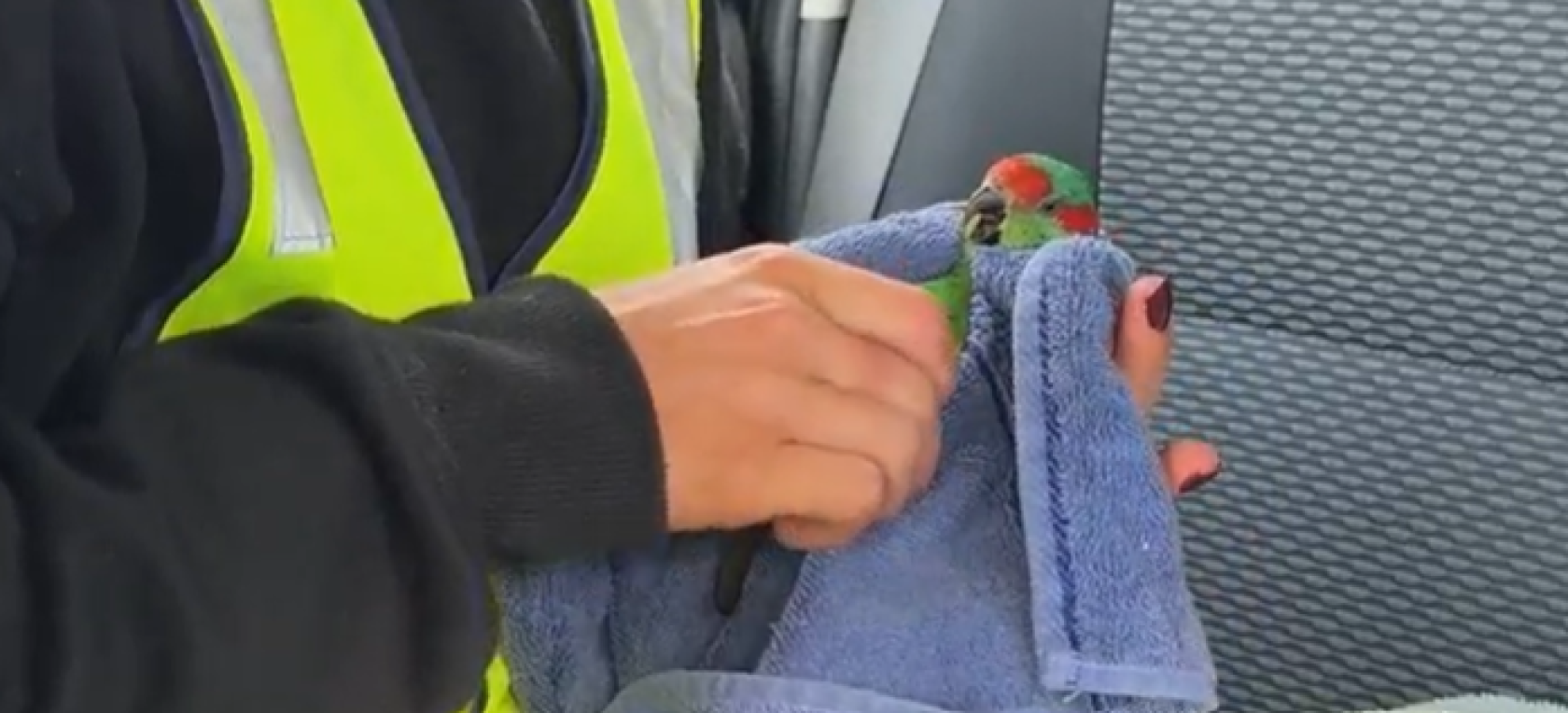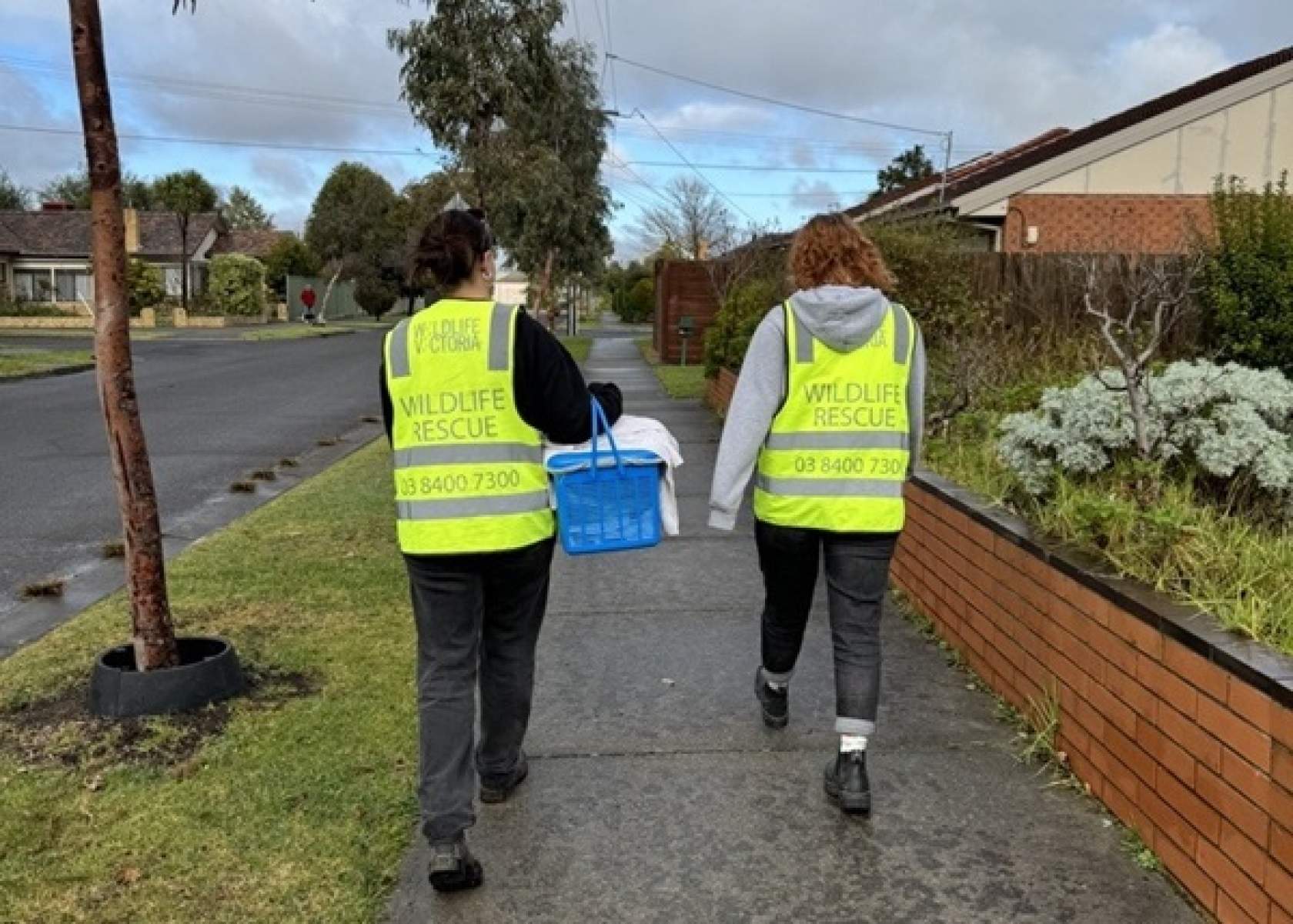
Hello Wildlife Victoria supporters.
As usual, Wildlife Victoria has been busy rescuing and responding to native animals in need across the state. Over the last few weeks, we have been seeing the number of cases rapidly increase as we head towards the peak of the spring season – the busiest time of the year for our organisation.
Every year in May we start preparing for the spring peak. We recruit and train new rescue volunteers and additional Emergency Response Operators. We do this way back in May so when spring hits we have enough people trained and ready to respond to additional calls for help. Along with welcoming new volunteers to our organisation, recruiting new Emergency Response Operators is one of my favorite activities at Wildlife Victoria. It is a joy to see so many people who are passionate and knowledgeable about wildlife, and it gives me great satisfaction to know that the work they do as Emergency Response Operators directly helps wildlife all across the state.
Part of the training we provide for new Emergency Response Operators is a day in field with me as a rescue volunteer. Giving our new staff firsthand experience of what our volunteers do on a daily basis is a great opportunity for staff to understand what happens once they dispatch a volunteer to a case. It also gives staff an opportunity to learn more about specific species, common rescues, and some of the challenges volunteers might face while doing rescues. And it gives me the opportunity to get to know our Emergency Response Operators, many of whom are just starting out in their animal welfare careers.
This year, I was lucky to spend a day with Briony, Cerys, and Beck when we were dispatched to rescue a lovely little musk lorikeet. Our staff helped me net the bird, and we transported the animal to a local vet for assessment. The member of public was so grateful that we came to help that she thanked us with a bottle of homemade chilli oil!



Being around like-minded staff and volunteers who are keen to learn and share information about wildlife is inspiring, as is the interaction we have with caring community members who seek help for wildlife in distress. It gives me confidence that the future can be better for our native animals, and that there are new wildlife champions being developed within Wildlife Victoria, and the community.
We are all looking for a way to ensure a better future for our wildlife, and I deeply appreciate your continued support of Wildlife Victoria. Thank you for caring, and let’s keep working together for a brighter future.
